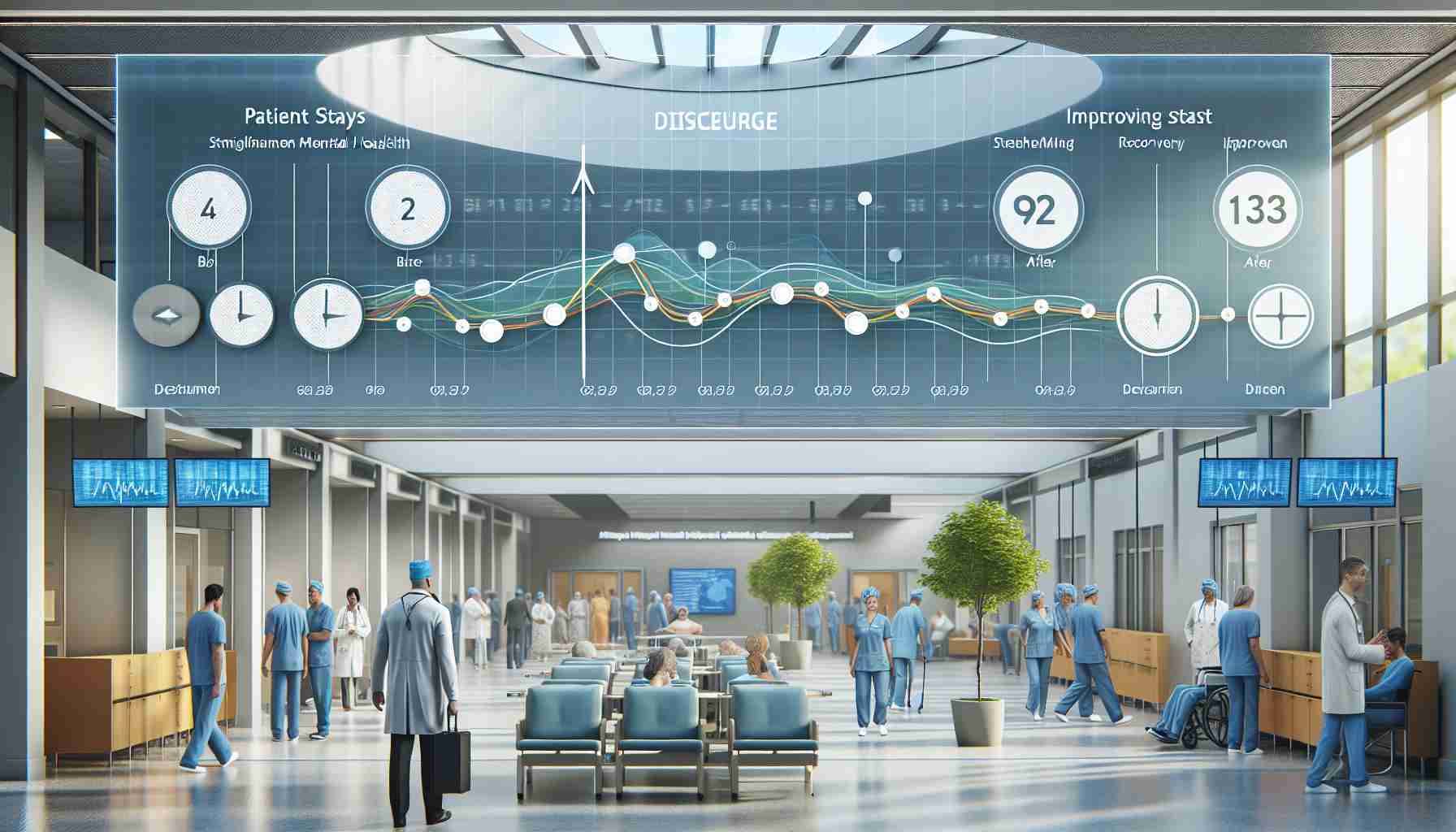
A recent analysis shed light on the factors contributing to extended wait times for mental health patients in hospital settings across Minnesota. The study found that inefficiencies in communication and coordination between healthcare providers are key drivers of patient discharge delays. Rather than a lack of available beds, the study revealed that bottlenecks occur during the handover process between different departments within the hospital.
Key insights from the study suggest that enhancing interdepartmental collaboration and streamlining communication channels could significantly reduce discharge delays. By implementing targeted strategies to improve information flow and care handoffs, hospitals can create a more efficient and patient-centered discharge process for individuals seeking mental health treatment.
One promising approach involves the implementation of technology solutions to facilitate smoother transitions between care teams and departments. By digitizing patient records and treatment plans, healthcare facilities can mitigate delays caused by manual paperwork and ensure that critical information is readily accessible to all providers involved in the patient’s care.
Overall, addressing the root causes of discharge delays in mental health settings holds great promise for enhancing the quality of care and reducing unnecessary burdens on patients and healthcare staff. Through a concerted effort to optimize processes and foster better communication practices, hospitals can better meet the needs of individuals seeking mental health support in a timely and effective manner.
Unlocking the Potential: Further Insights on Streamlining Mental Health Patient Discharge Processes
In delving deeper into the realm of streamlining mental health patient discharge processes, several additional facets emerge that paint a more comprehensive picture of the challenges and opportunities in this vital area of healthcare. While the previous article emphasized the importance of addressing communication inefficiencies and promoting collaboration within hospital settings, there are other crucial factors and questions to consider.
What are the most important questions to address when streamlining mental health patient discharge processes?
– How can hospitals ensure that follow-up care and support are effectively coordinated post-discharge?
– What role do mental health professionals outside of the hospital setting play in facilitating smooth transitions for patients?
– Are there disparities in discharge processes and outcomes based on the type of mental health condition or treatment required?
Key Challenges and Controversies:
One of the primary challenges associated with streamlining mental health patient discharge processes is the delicate balance between efficiency and thoroughness. Rushing discharge procedures to expedite the process can potentially compromise the quality of care and increase the risk of adverse outcomes for patients. Conversely, overly prolonged discharge times can lead to increased strain on hospital resources and prolonged stays for patients who may benefit from continued care in community settings.
Advantages of Streamlining Mental Health Patient Discharge Processes:
– Improved continuity of care: By streamlining discharge processes, healthcare providers can ensure a seamless transition for patients moving from inpatient to outpatient care, reducing the likelihood of gaps in treatment.
– Enhanced patient experience: Efficient discharge procedures can lead to a more positive and supportive experience for individuals seeking mental health treatment, promoting better engagement with follow-up care.
– Resource optimization: By streamlining communication and coordination, hospitals can allocate resources more effectively, potentially reducing unnecessary costs associated with prolonged hospital stays.
Disadvantages of Streamlining Mental Health Patient Discharge Processes:
– Risk of oversight: Rapidly streamlining discharge processes may increase the risk of overlooking critical aspects of a patient’s care plan, leading to gaps in treatment and potential complications.
– Staff workload and training: Implementing new technologies and communication protocols to streamline discharge processes may require additional training for healthcare staff, potentially adding to their workload initially.
– Data privacy concerns: Digitizing patient records and information raises important considerations regarding data security and privacy, necessitating robust safeguards to protect sensitive health information.
In navigating the complexities of streamlining mental health patient discharge processes, healthcare institutions must strike a balance between efficiency, quality of care, and patient-centeredness to achieve optimal outcomes for individuals in need of mental health support.
For more information on mental health care innovations and best practices, visit mentalhealth.gov.
